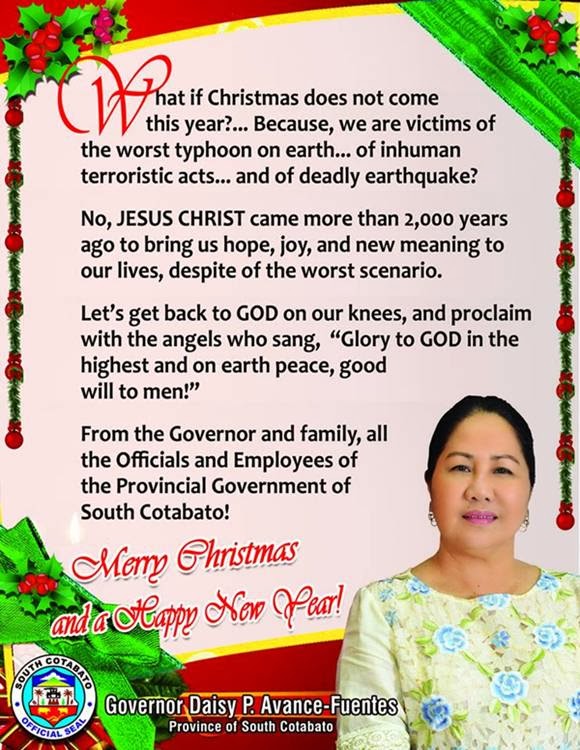Is Maguindanao An Ethnic Group
Their name means people of the flood plains. Where the term culture specifically includes aspects such as religion mythology and ritual cuisine dressing clothing style and other factors.

Handwoven Malong From Maguindanao Philippine Art Philippines Culture Hand Woven Textiles
The largest of these are the Tausug the Maguindanao the Maranao the Samal the Yakan and the Banguingui.

Is maguindanao an ethnic group. Their name means people of the flood plains. The Moros consist of various ethnolinguistic groups in southern and western Mindanao who have a similar ancestry to other lowland Filipinos but whose religion is Islam. About Press Copyright Contact us Creators Advertise Developers Terms Privacy Policy Safety How YouTube works Test new features.
Maguindanao also spelled Magindanao or Magindanaw also called Maguindanaon ethnolinguistic group living primarily in south-central Mindanao the largest island in the southern Philippines. People continue to believe in a variety of environmental spirits and many tales are told of magic sorcery and supernatural beings. The Maguindanao people are part of the wider Moro ethnic group who constitute the sixth largest Filipino ethnic group.
Maranao women wear special kinds of clothes which are distinctly their own. The Maguindanaons primarily inhabit the broad Pulangi River valley and constitute the sixth largest Filipino ethnic group. Islamic beliefs and practices which are gradually becoming more orthodox are superimposed on a preexisting animistic belief system.
The Iranun are an ethnic group native to the Mindanao region in the Philippines. Their name means people of the flood plains. There are more than 40 different ethnic groups in the Philippines.
Each group has a distinct culture and language. They were well established in their present homeland by the time of the first known foreign. With a name meaning people of the flood plain the Maguindanao are most heavily concentrated along the shores and in the flood lands of the Pulangi-.
A minority are Christians mostly Roman Catholics who are mostly Cebuanos Ilonggos and Chavacanos. The Maguindanao people are part of the wider Moro ethnic group who constitute the sixth largest Filipino ethnic group. The Maguindanao people are part of the wider Moro ethnic group who constitute the sixth largest Filipino ethnic group.
The groups ethos or ideology may also stress common ancestry religion or race. The Sultanate of Maguindanao was a Sultanate state that ruled parts of the island of Mindanao in southern Philippines especially in modern-day Maguindanao province and Davao City. What is the clothes of Maranao.
They are also know as the Maguinadanao Manguinadanaon Magindanaw they are the largest group of Muslim Filipinos. The name Maguindanao is generally translated to mean people of the flood plains. The Maguindanao people are part of the wider Moro ethnic group who constitute the sixth largest Filipino ethnic group.
Maranao Iranun Lumad Sama-Bajau other Moro peoples Visayans other Filipinos other Austronesian peoples. The indigenous people of Mindanao. Their name means people of the flood plains.
Better known as the Lumad a complex patchwork of indigenous groups. Princess Zamaleeyah Abad 4 lives in Parang Maguindanao with her Iranun family. The predominant religion among the Maguindanao is a form of folk Islam.
They can be found predominantly in the provinces of Maguindanao Sultan Kudarat North Cotabato and South Cotabato. An ethnic group or ethnicity is a grouping of people who identify with each other on the basis of shared attributes that distinguish them from other groups such as a common set of traditions ancestry language history society culture nation religion or social treatment within their residing area. Click to see full answer.
The Maguindanao people are part of the wider Moro ethnic group who constitute the sixth largest Filipino ethnic group. The Maguindanao are one of many groups of lowland Filipinos who appear to have arrived in the islands during successive waves of migration from the Southeast Asian mainland several thousand years ago. However it comes from the root word danao also.
The following is a list of contemporary ethnic groups. The collective term Moro people or Bangsamoro people refers to the 13 Islamized ethnolinguistic groups of Mindanao Sulu and Palawan. The region of Maguindanao became home to most of the countrys Muslim or Moro populations composed of many ethnic groups such as the Maranao and the Tausug the Banguingui as well as collective groups of indigenous non-Christian and non-Muslim tribes.
Maguindanao inhabitants are predominantly practitioners of Islam which comprises 8299 of the population majority of which are Sunnites. Maguindanao - History and Cultural Relations. There has been constant debate over the classification of ethnic groups.
The Maguindanao people are part of the wider Moro ethnic group who constitute the sixth largest Filipino ethnic group. They speak a language that is in the same group as most other Philippines languages including Tagalog and are believed to have converted to Islam around the 15th and 16th centuries. Several of these ethnic groups can be distinguished as tribal groups.
Membership of an ethnic group tends to be associated with shared ancestry history homeland language or dialect and cultural heritage. They are indigenous groups who still live in a rather traditional way. Their name means people of the flood plains.
An ethnic group is a group of people who identify with each other through a common heritage which generally consists of a common culture and shared language or dialect. ThisMuslim group live in south-central Mindanao.

Tiruray People Mindanao Filipino Culture Filipino Tribal Traditional Outfits

Maguindanao Philippines Culture Filipino Culture Mixed Ancestry

Tausug Couple Filipino Clothing Filipino Tattoos Filipino Fashion

Maguindanao Festival Philippines Culture Cultural Diversity Cultural Landscape

Pin On Woven Fabrics Of The Philippines

Komentar
Posting Komentar